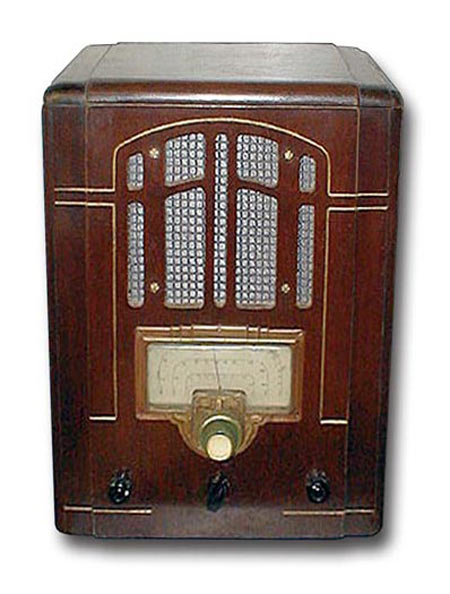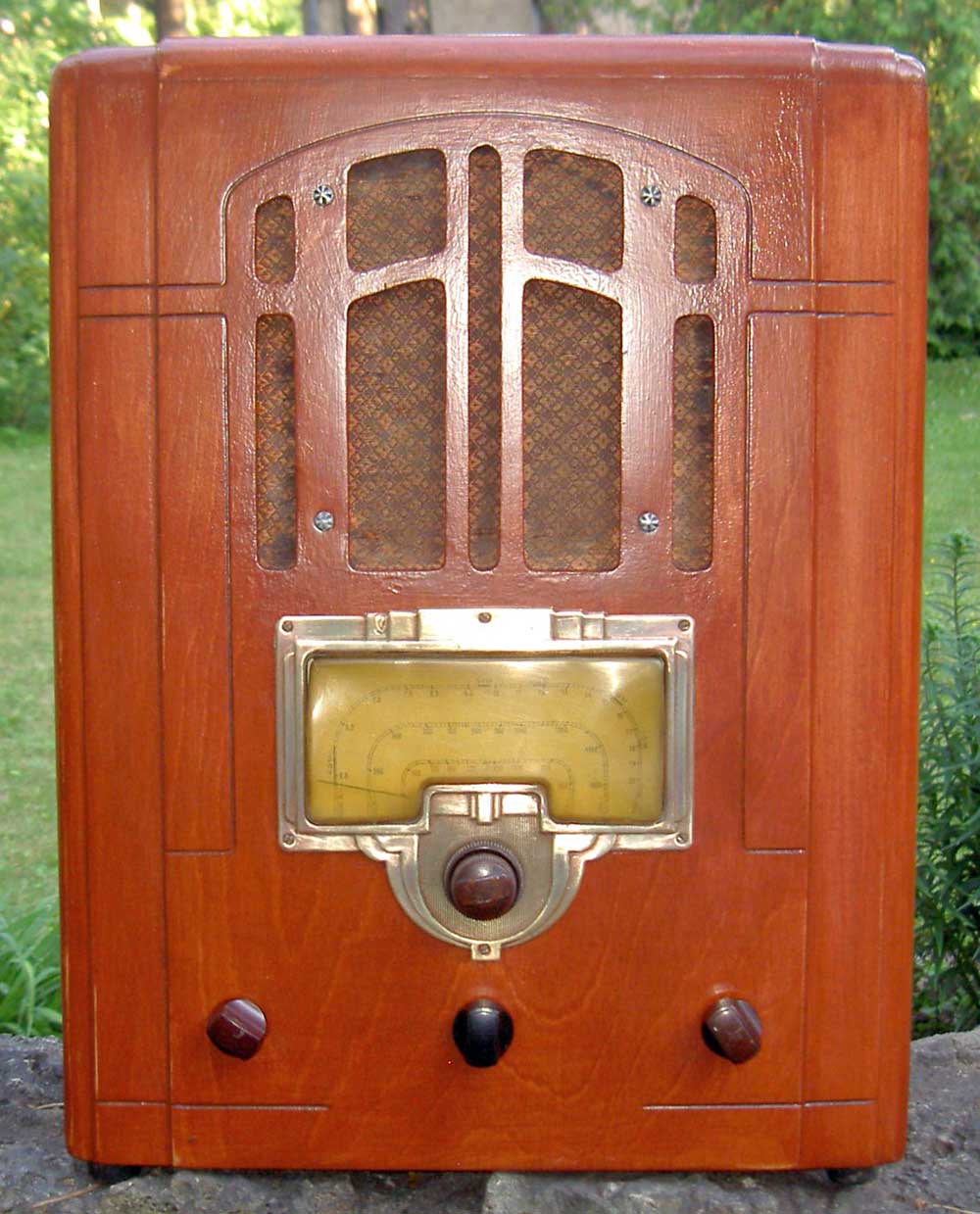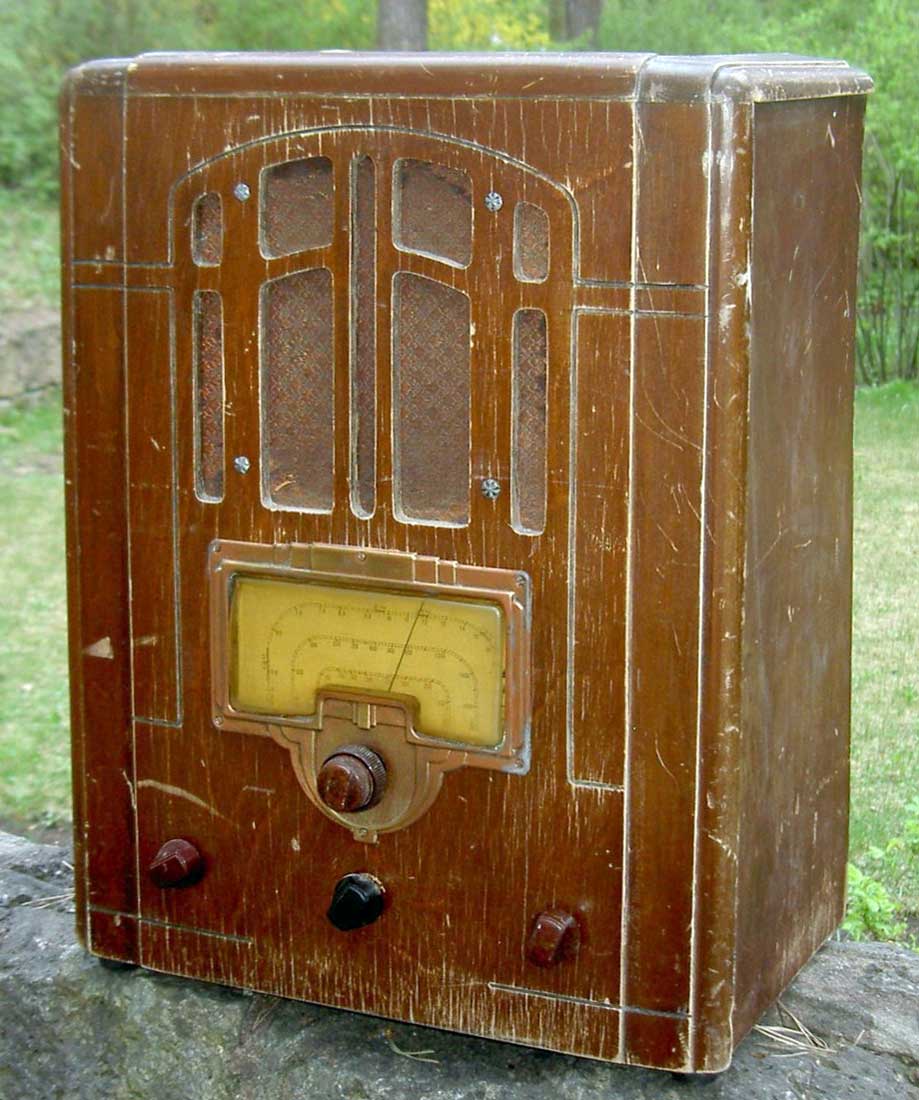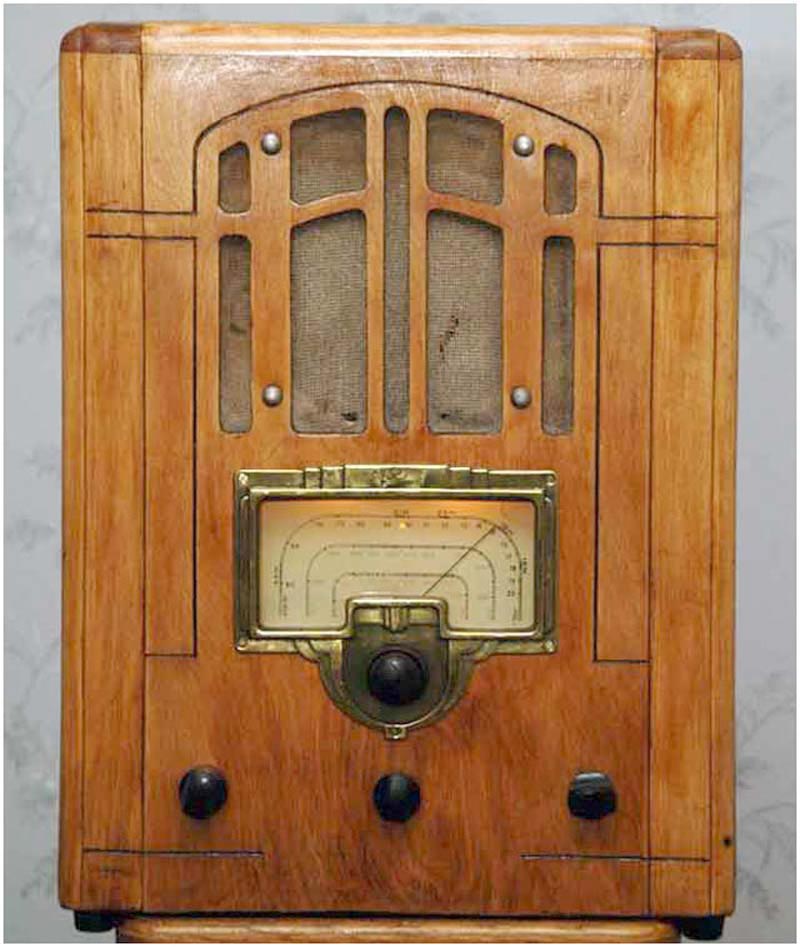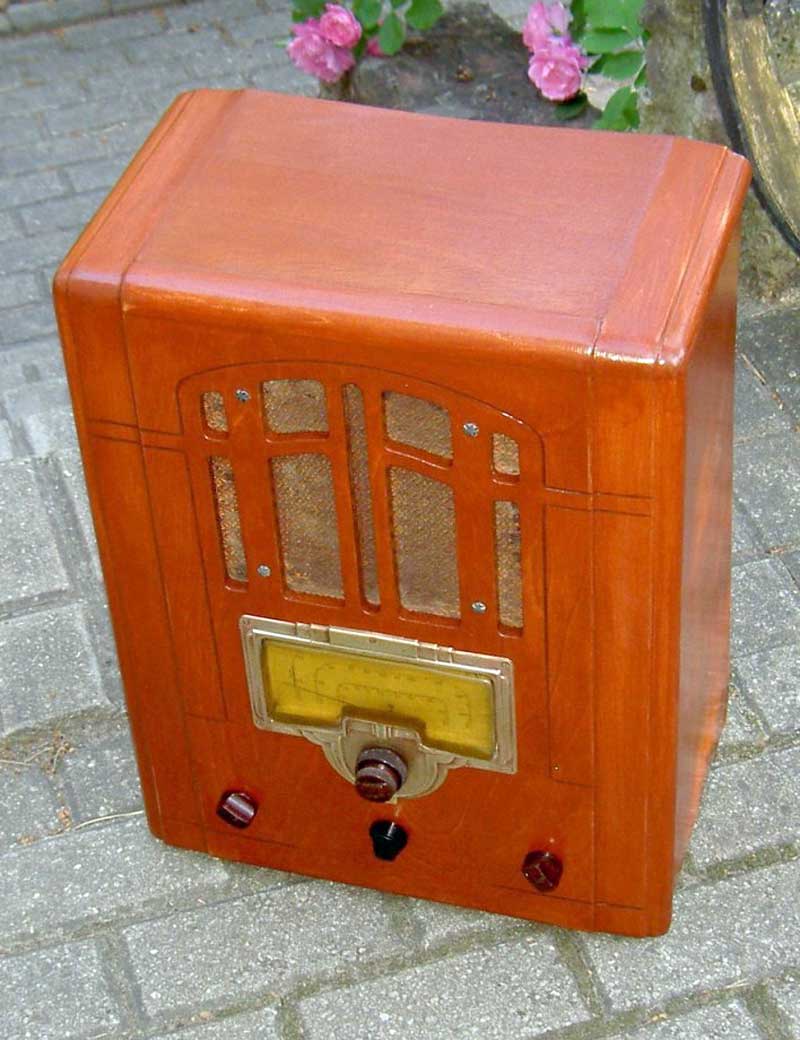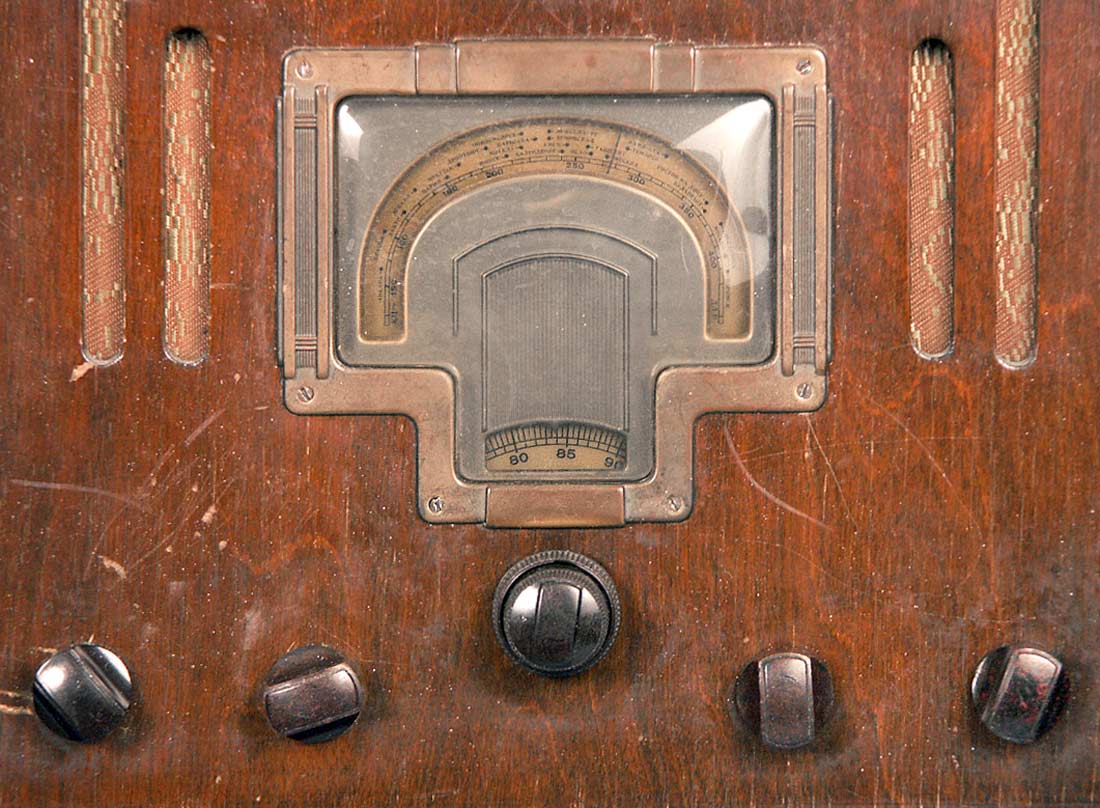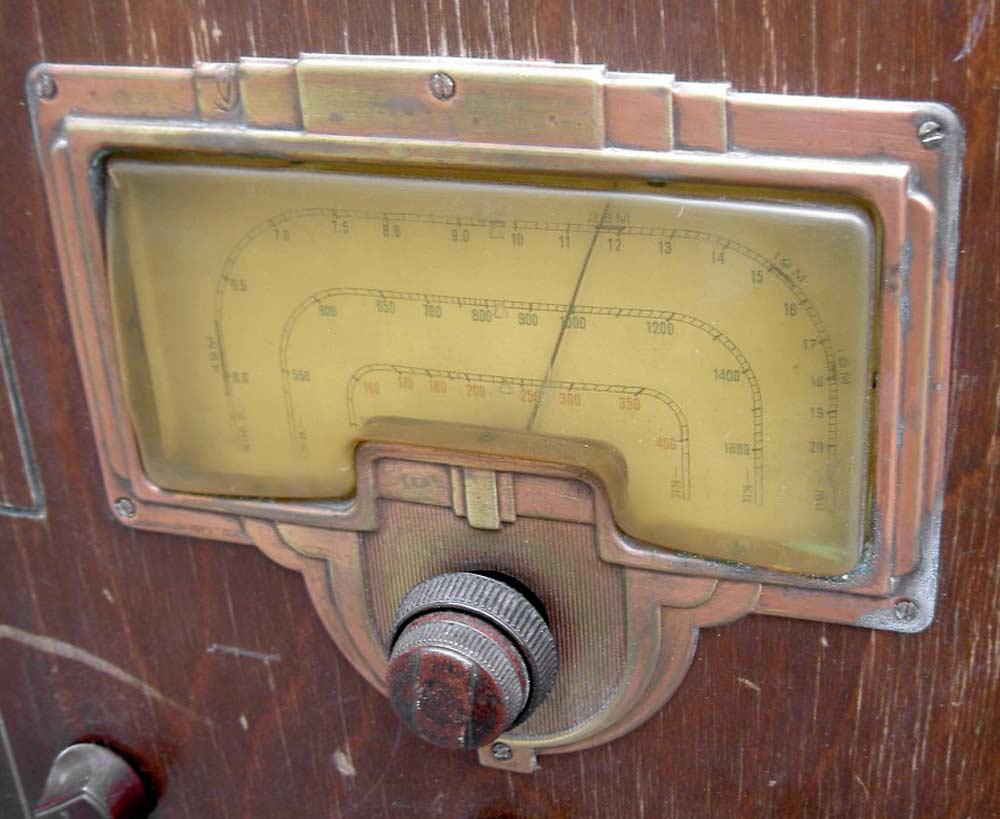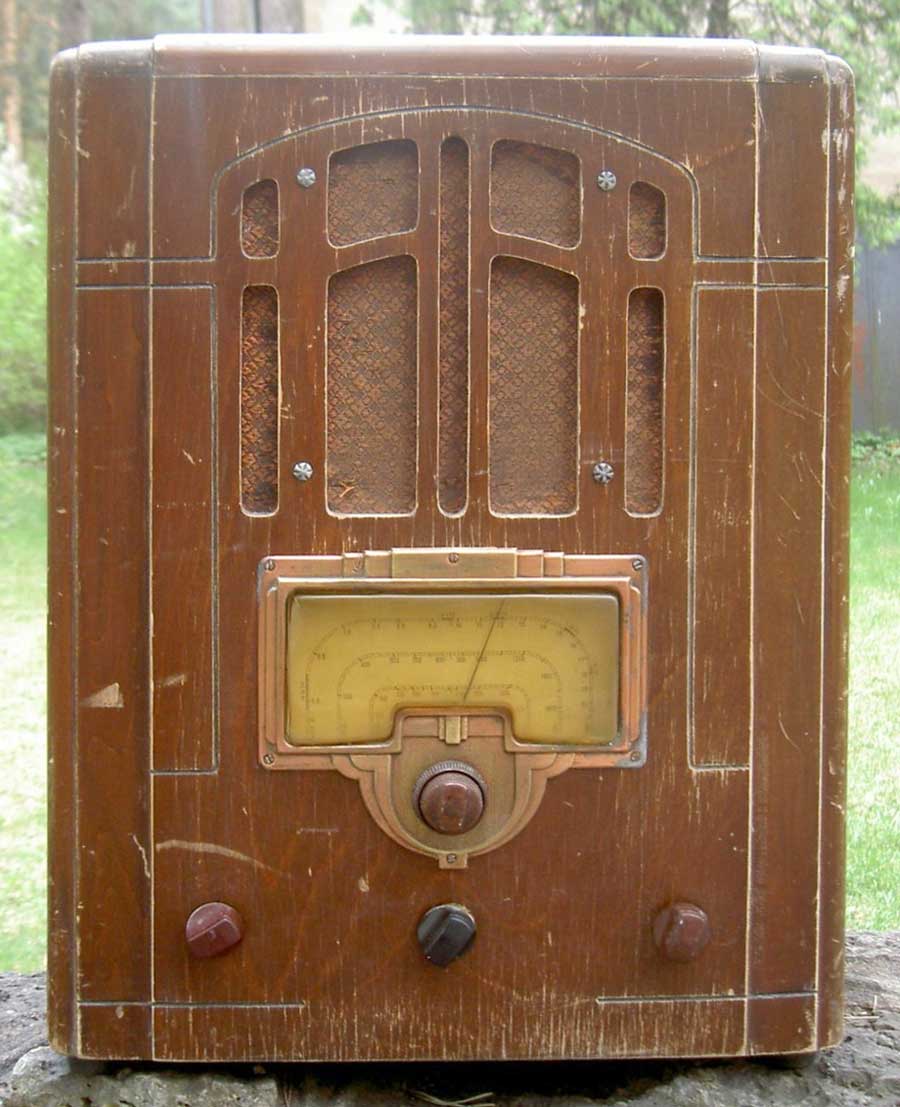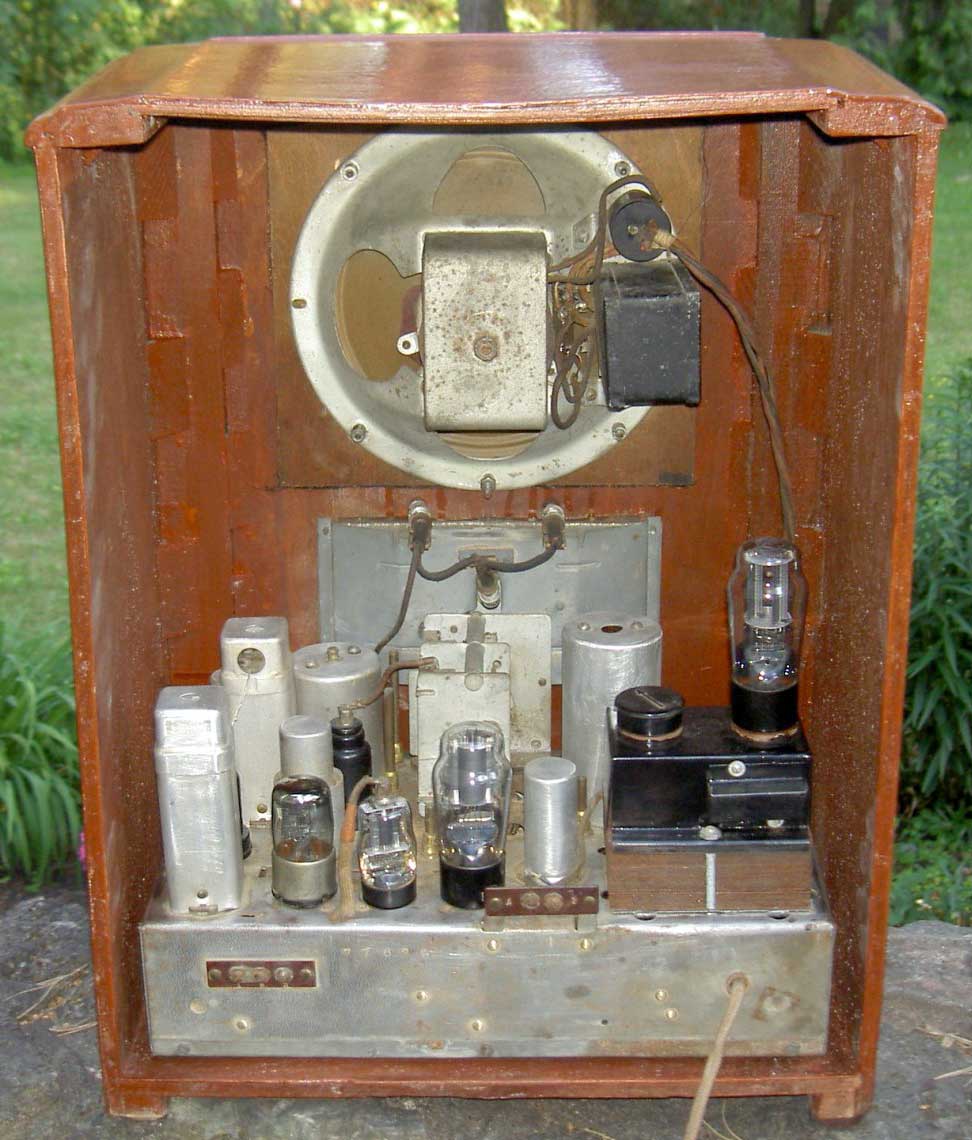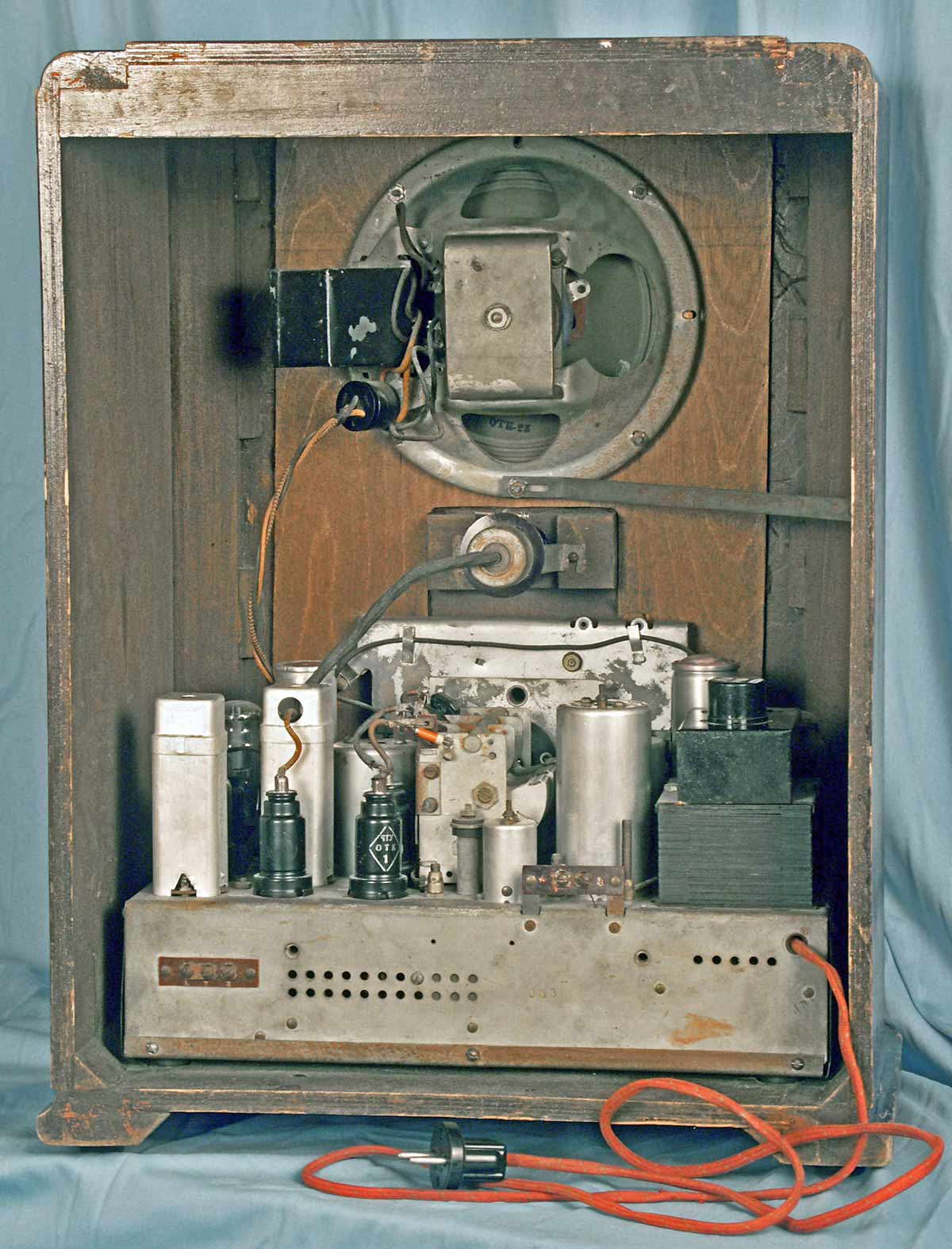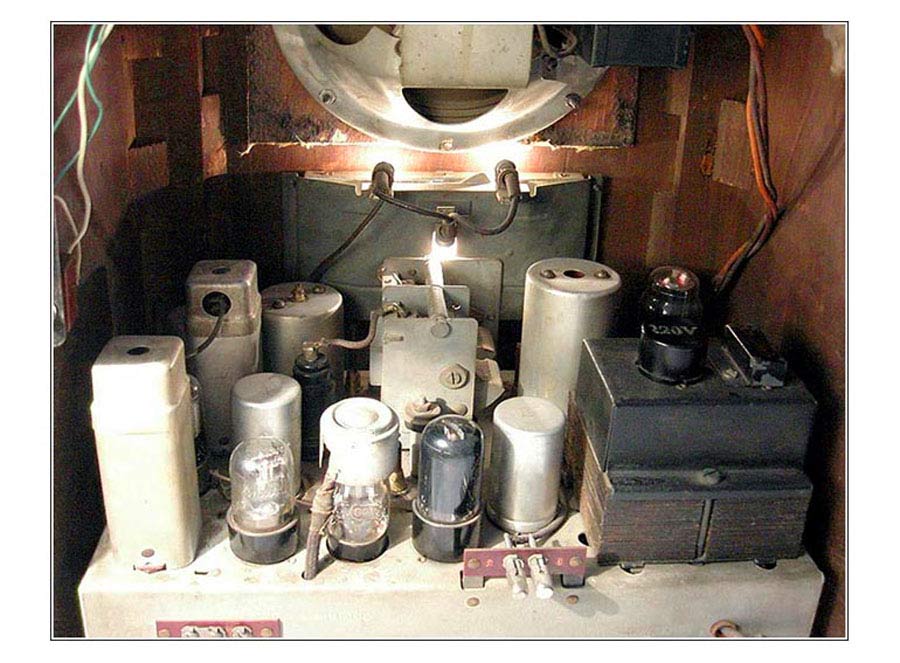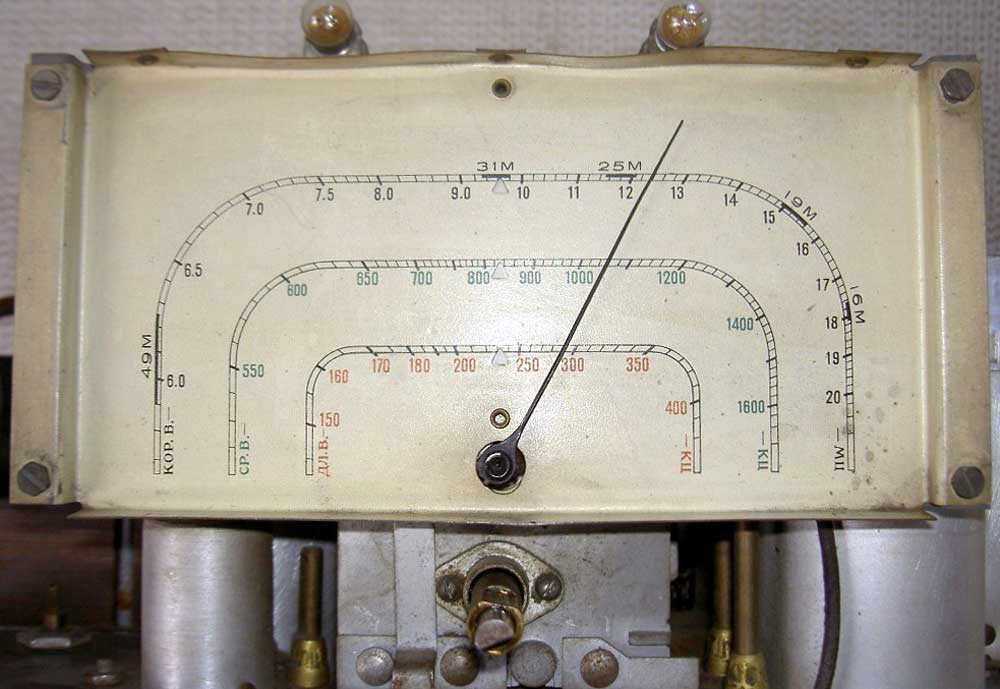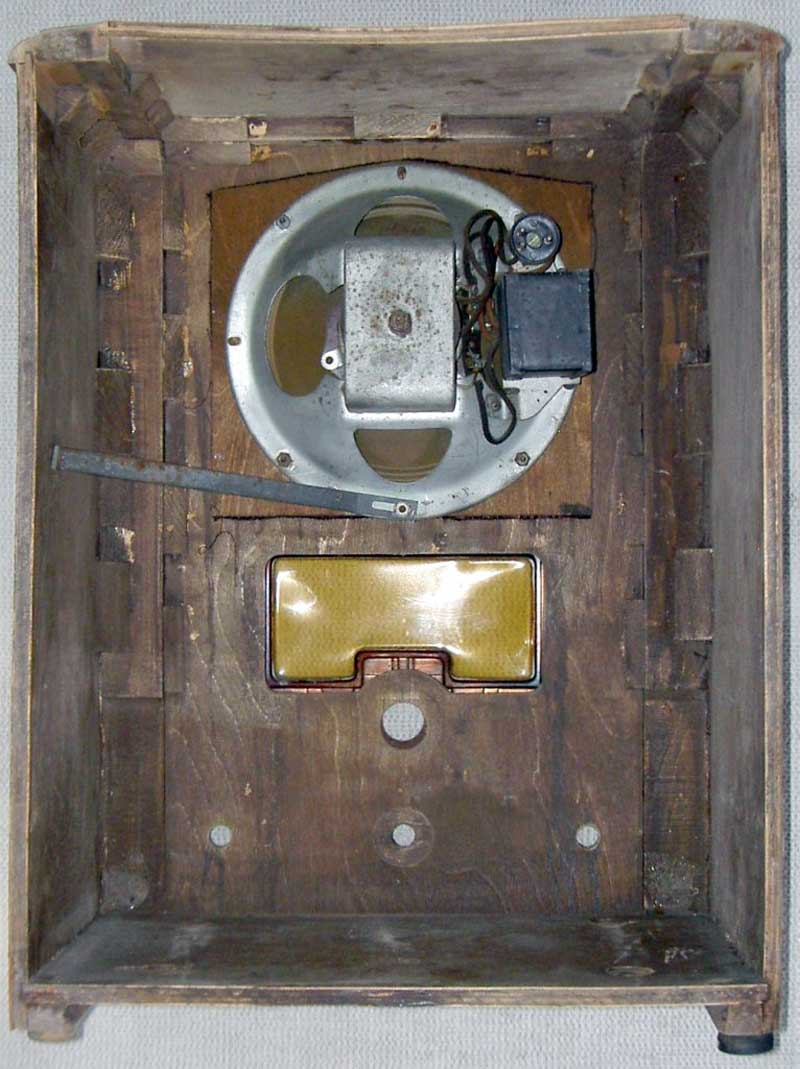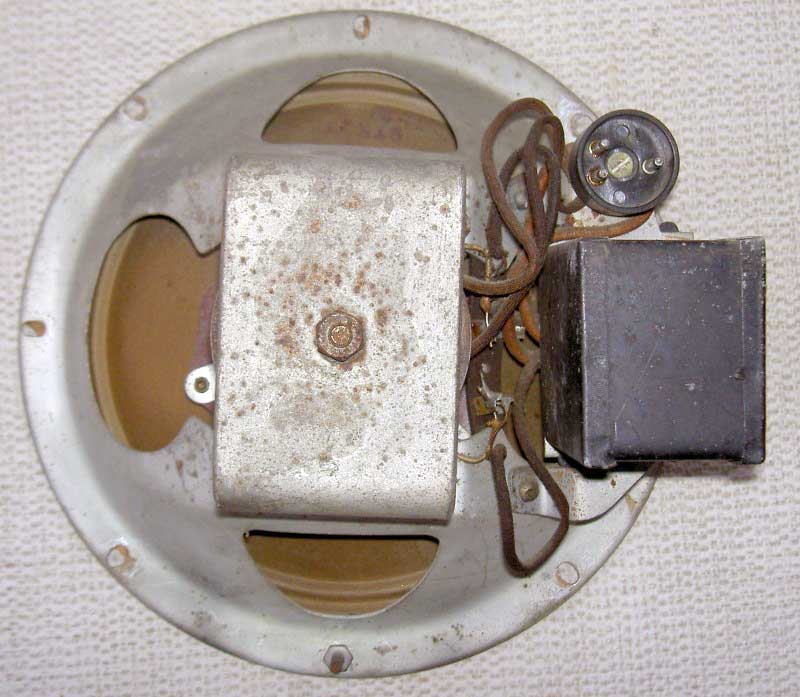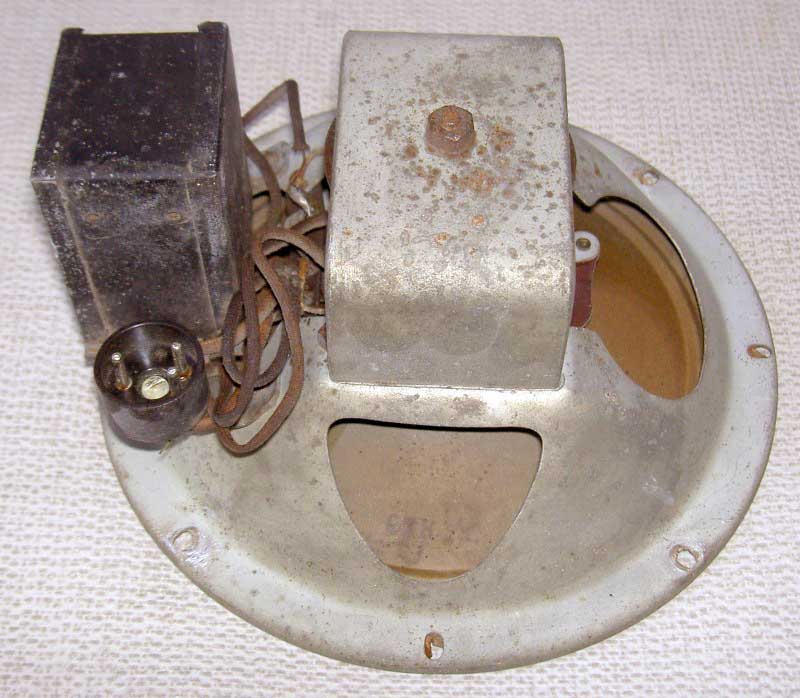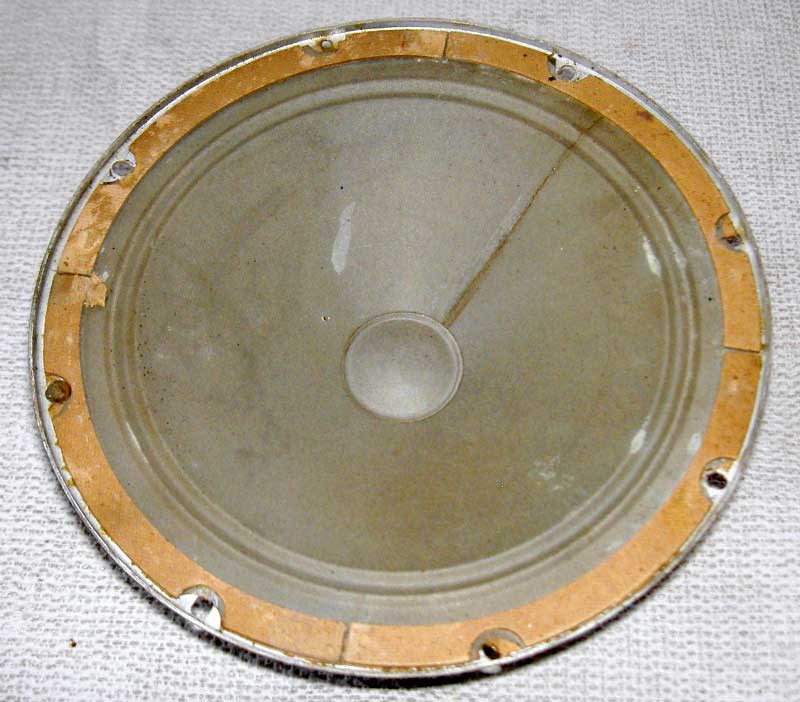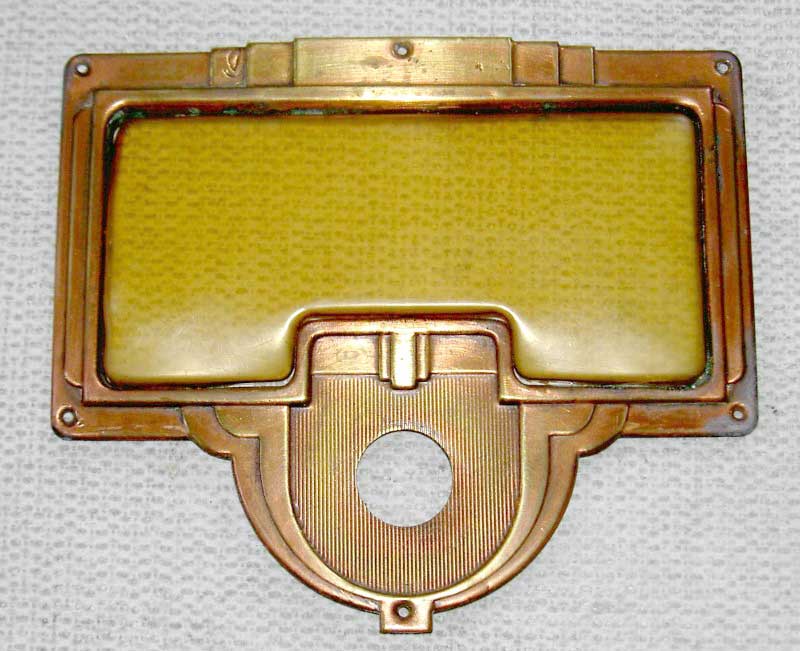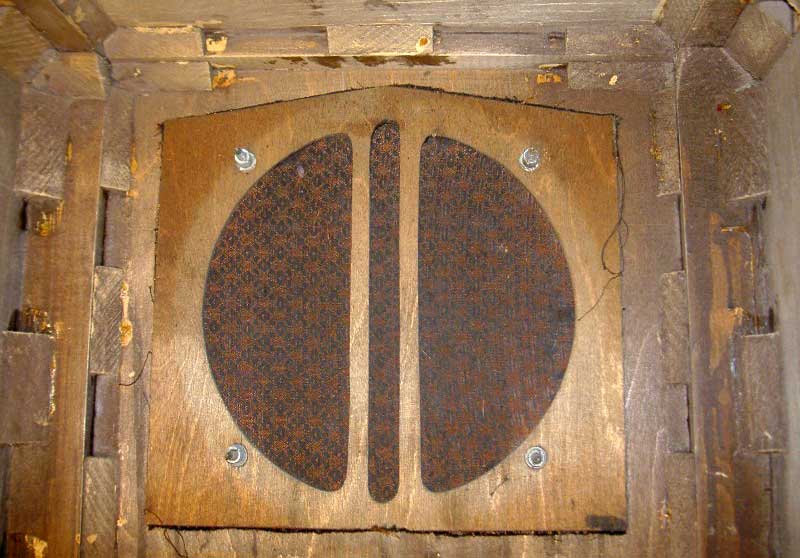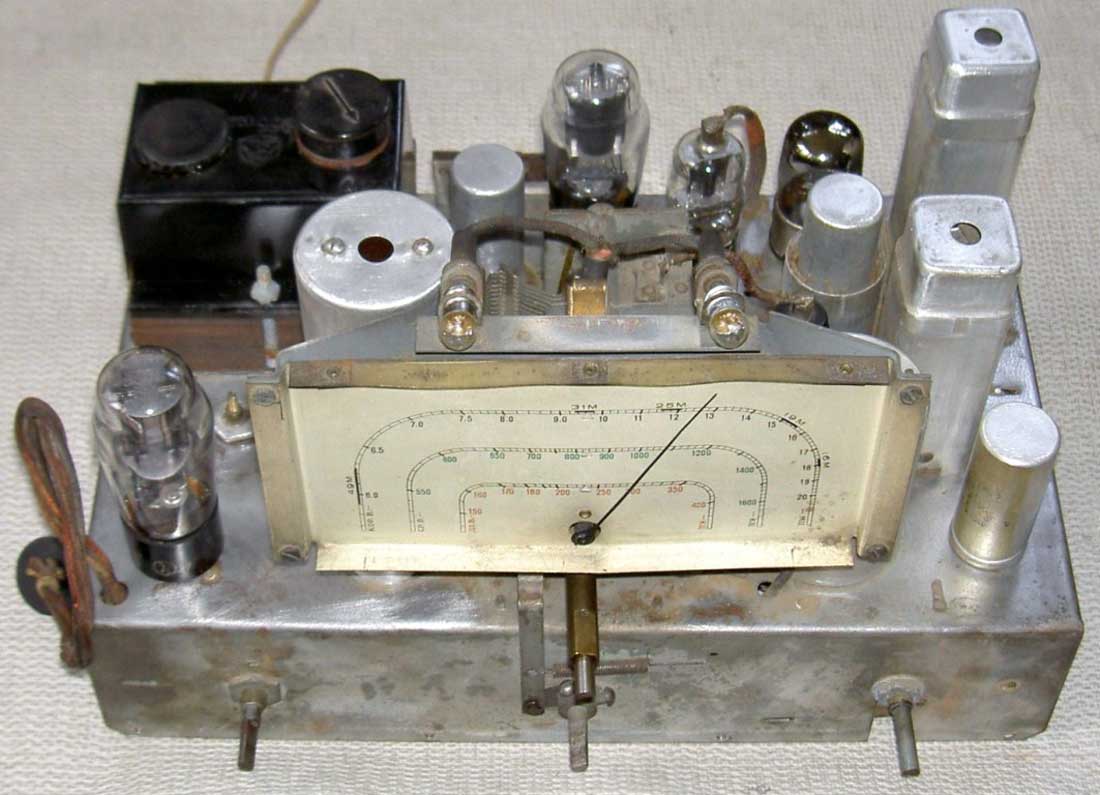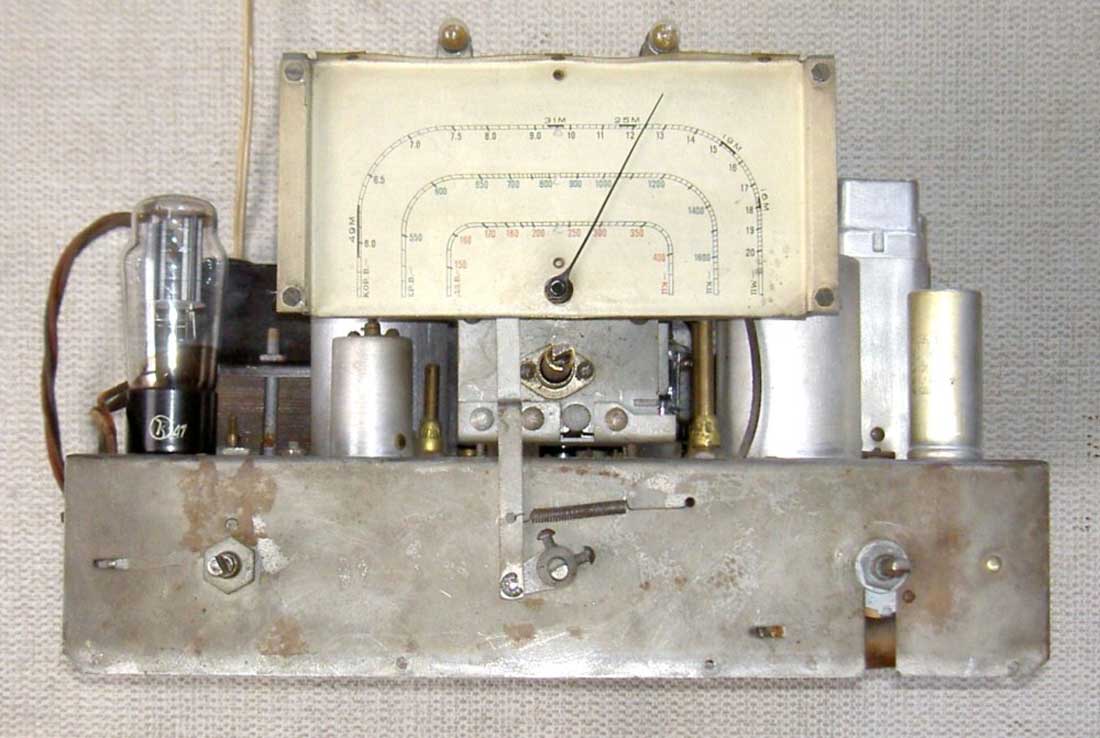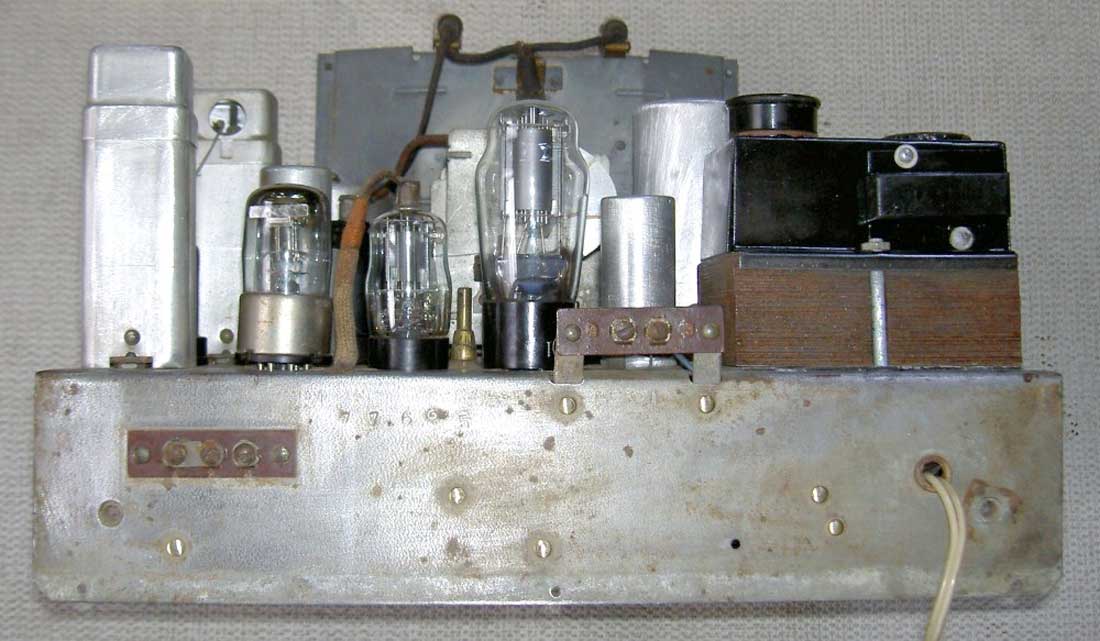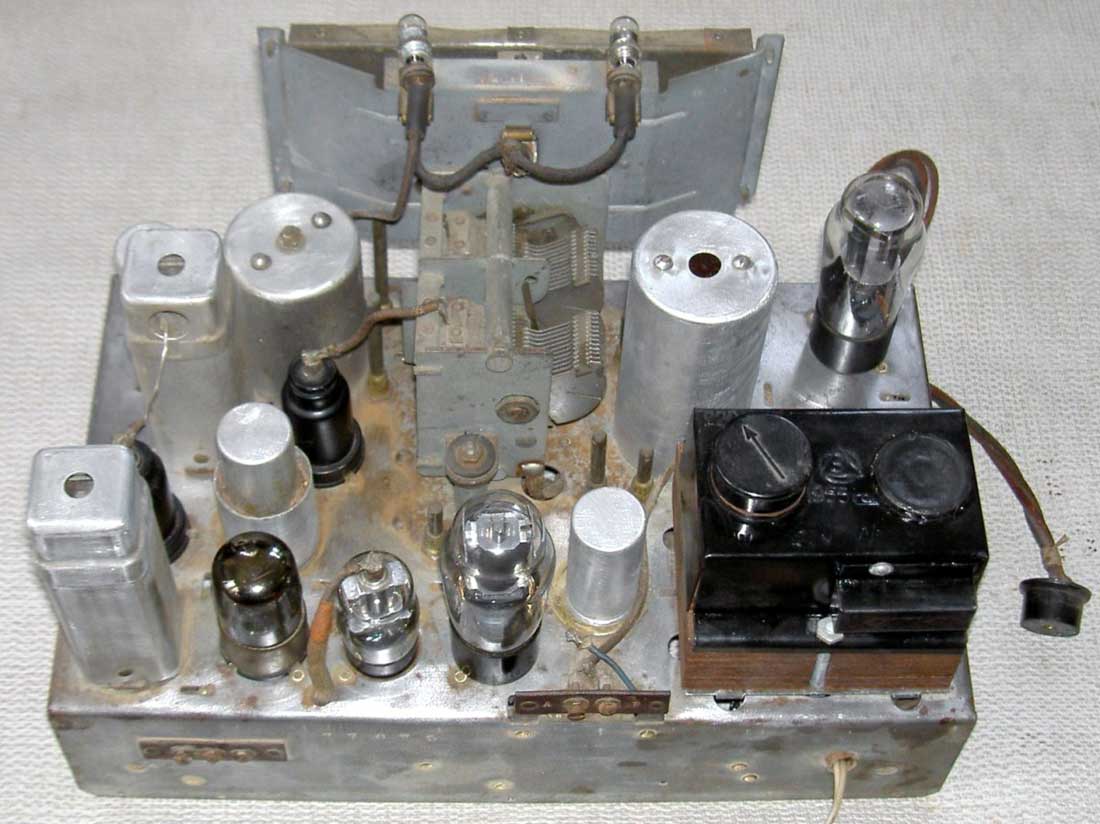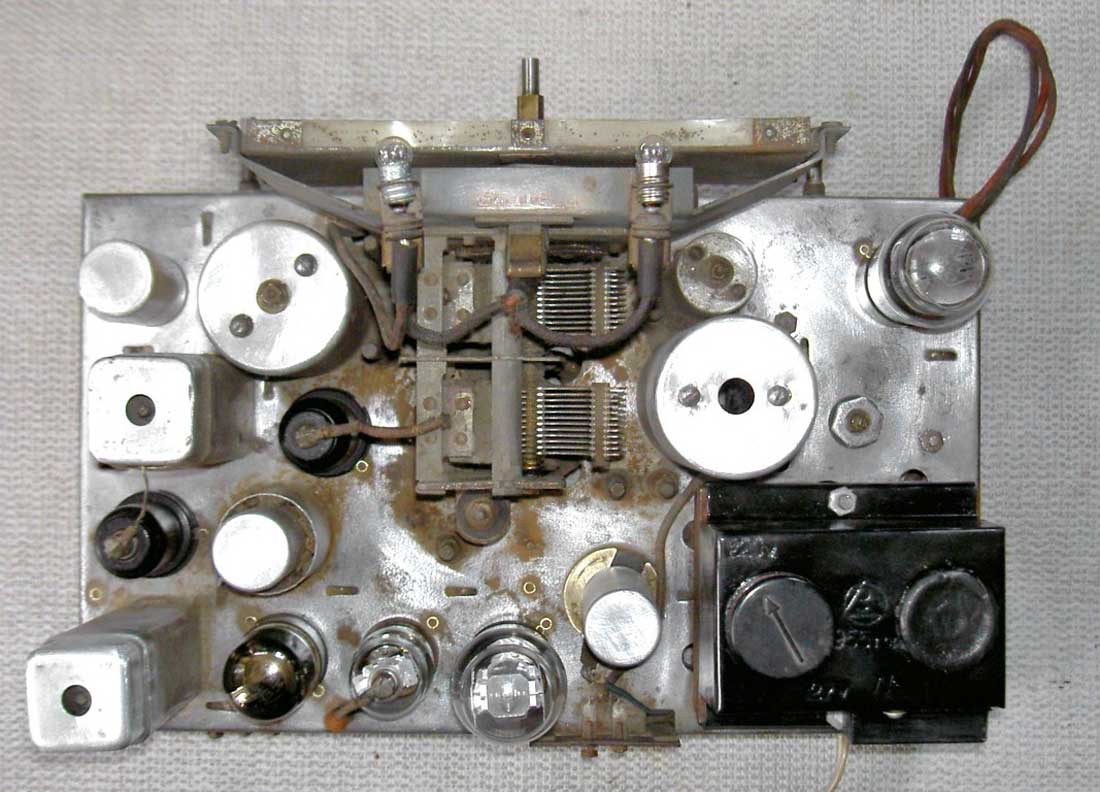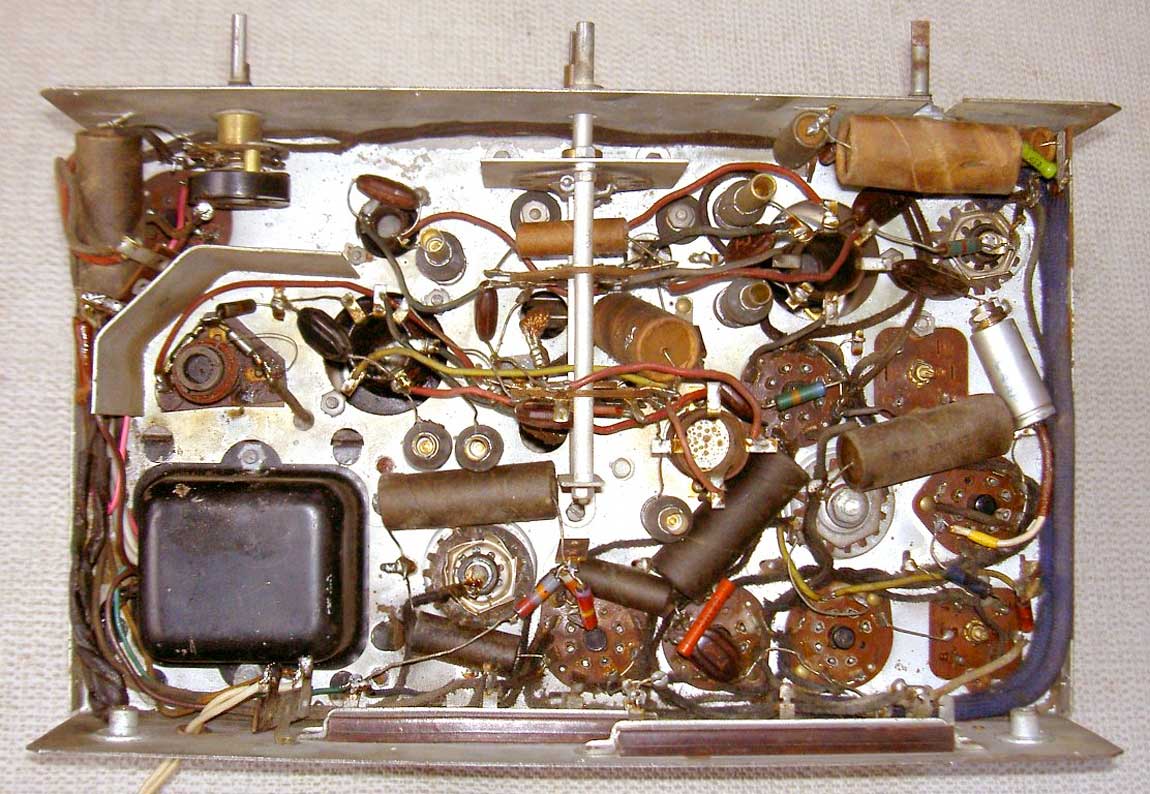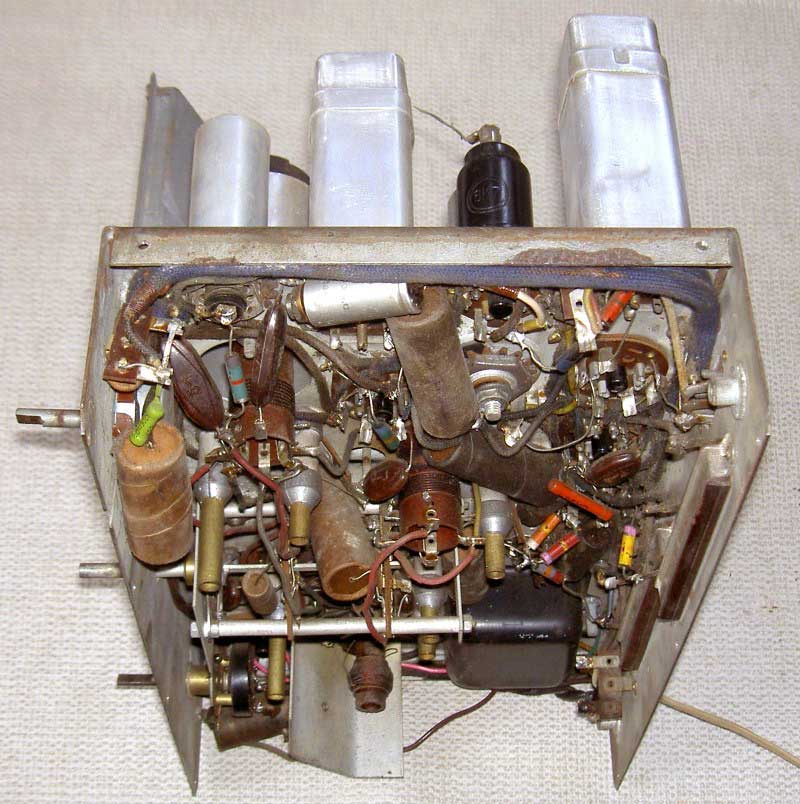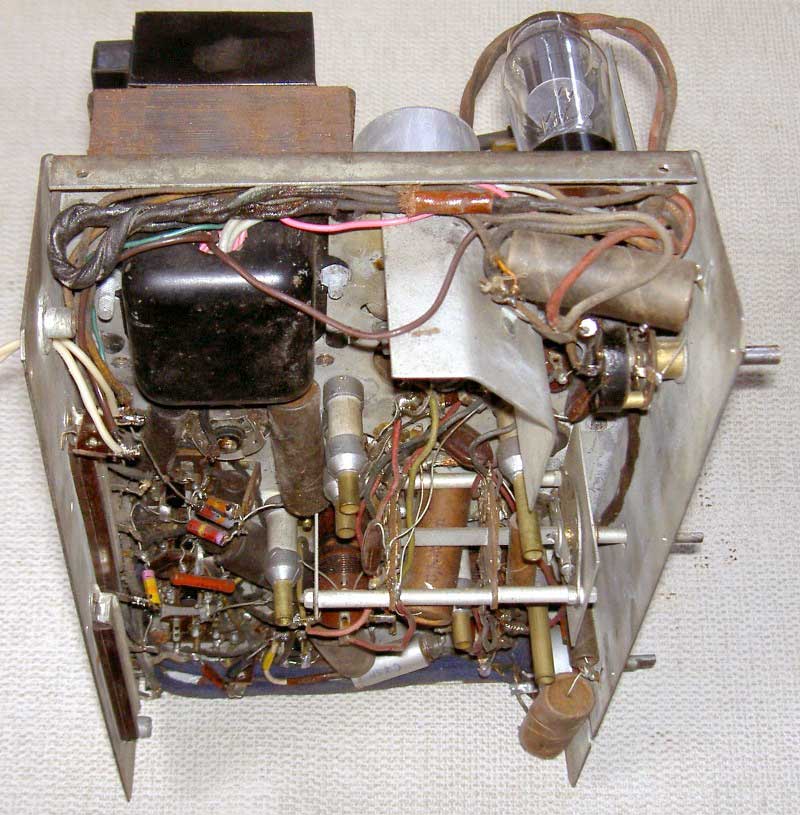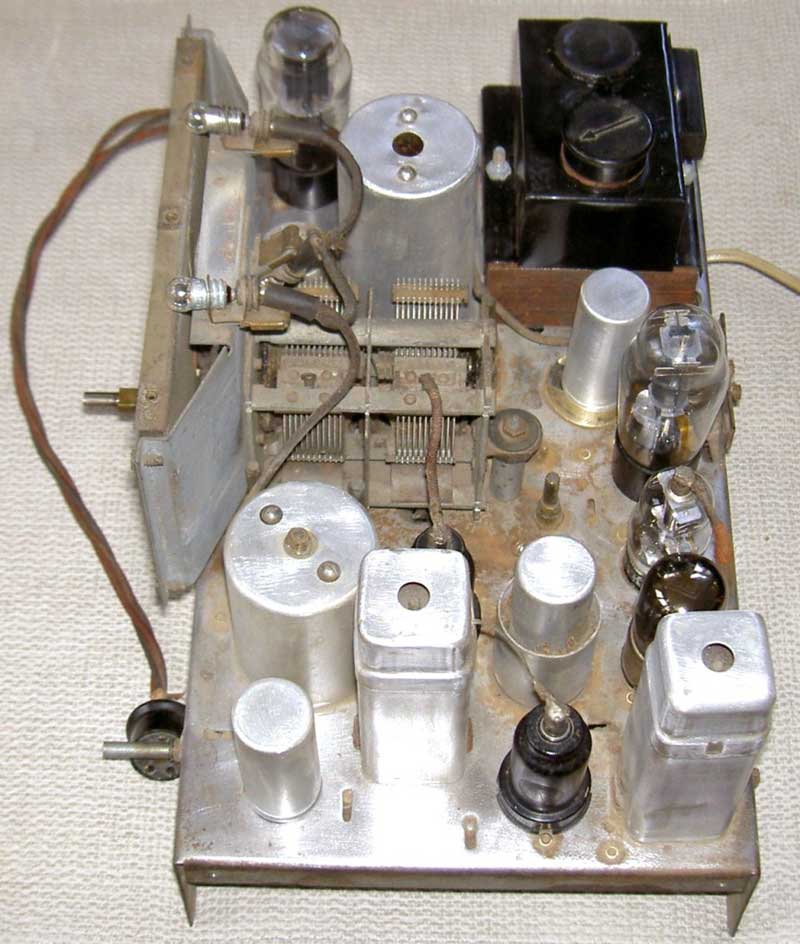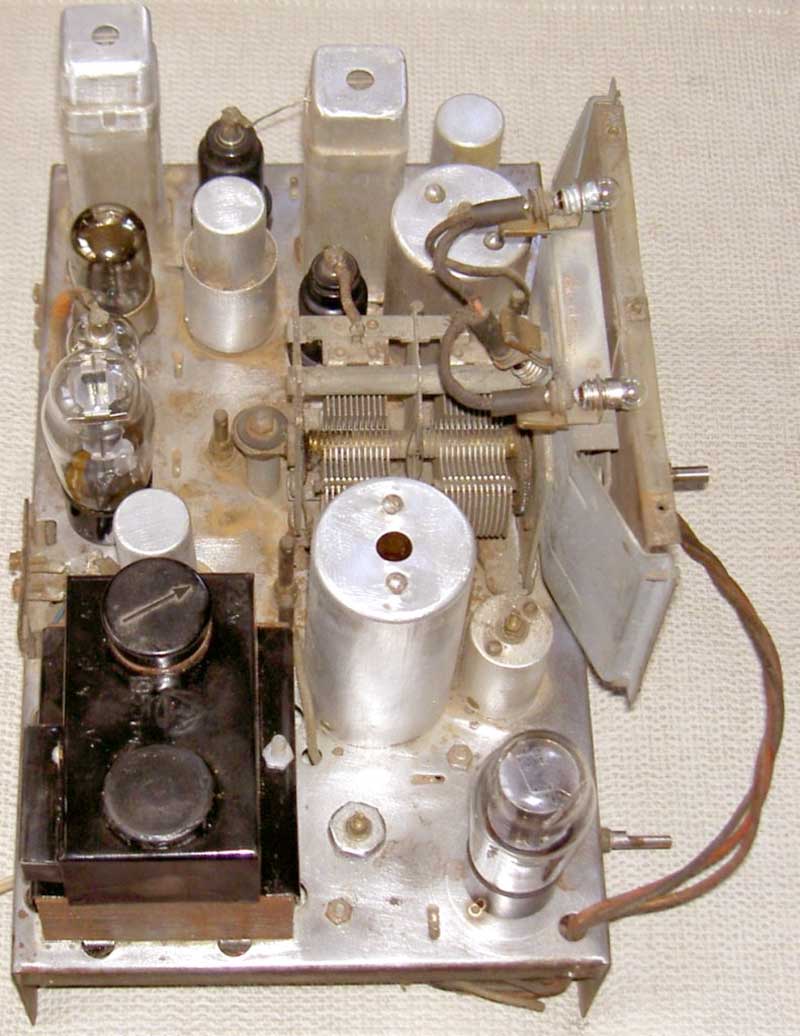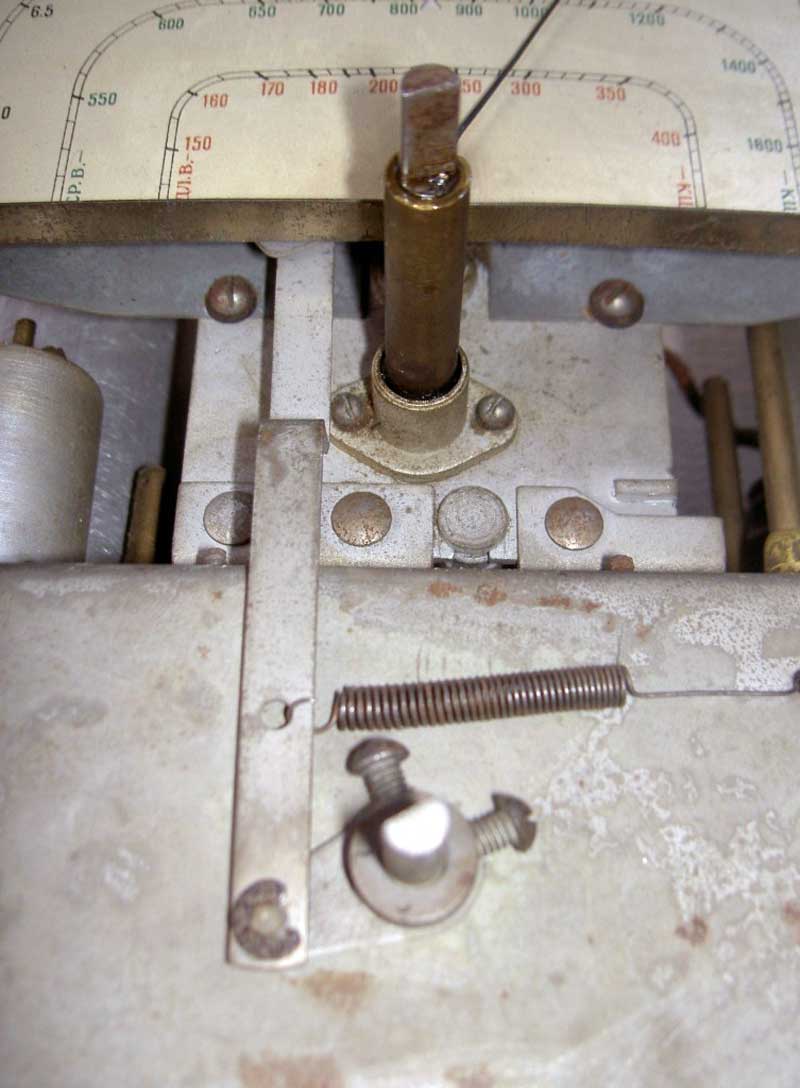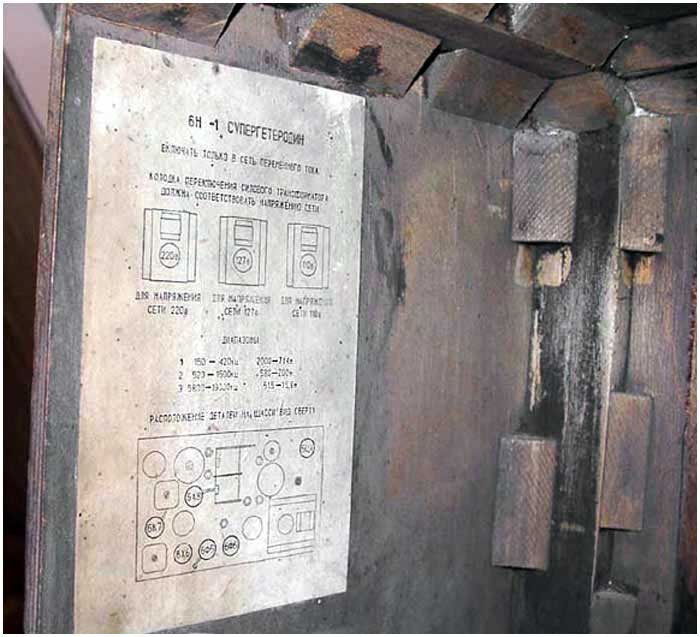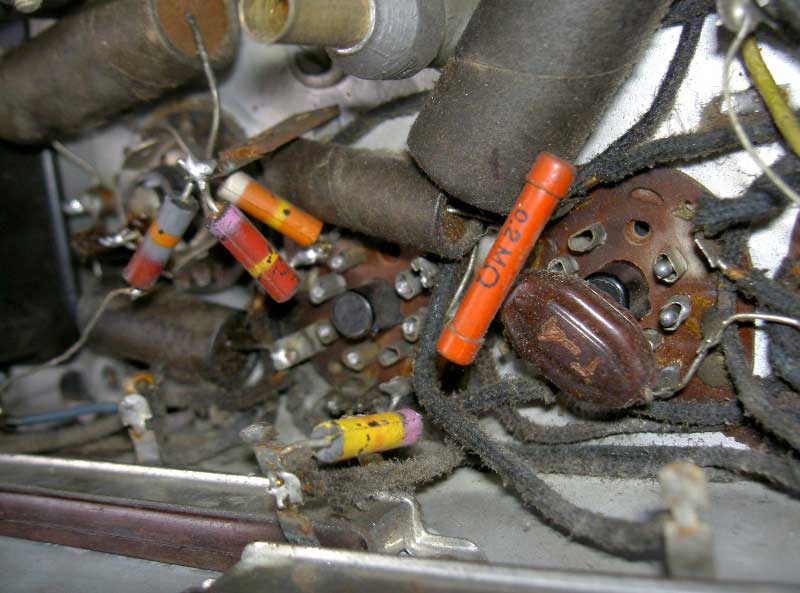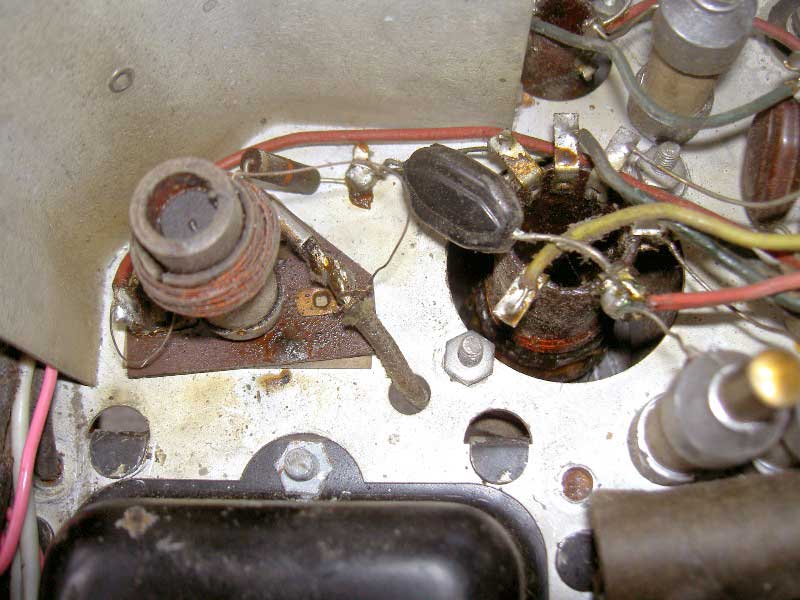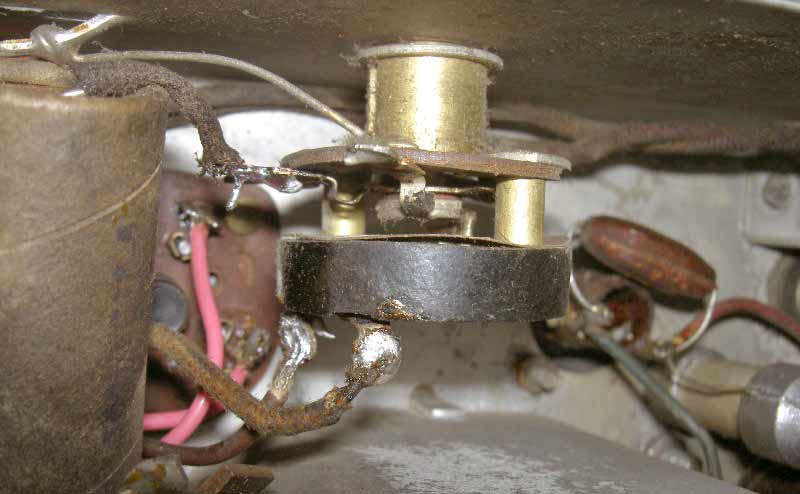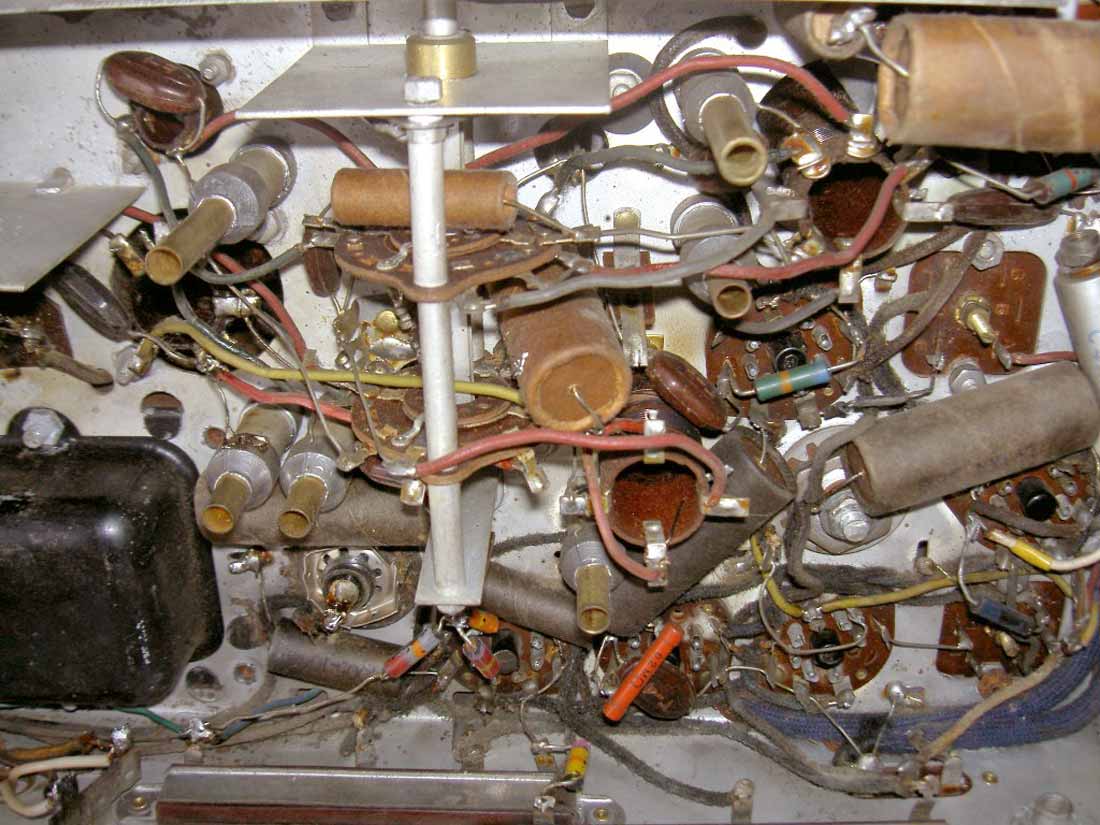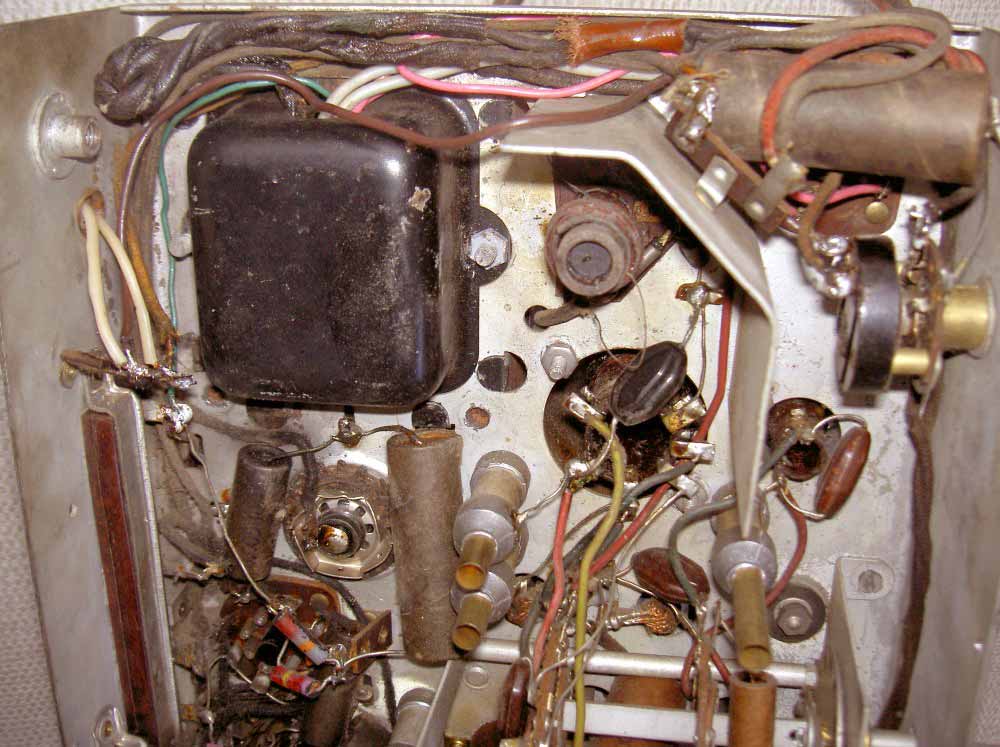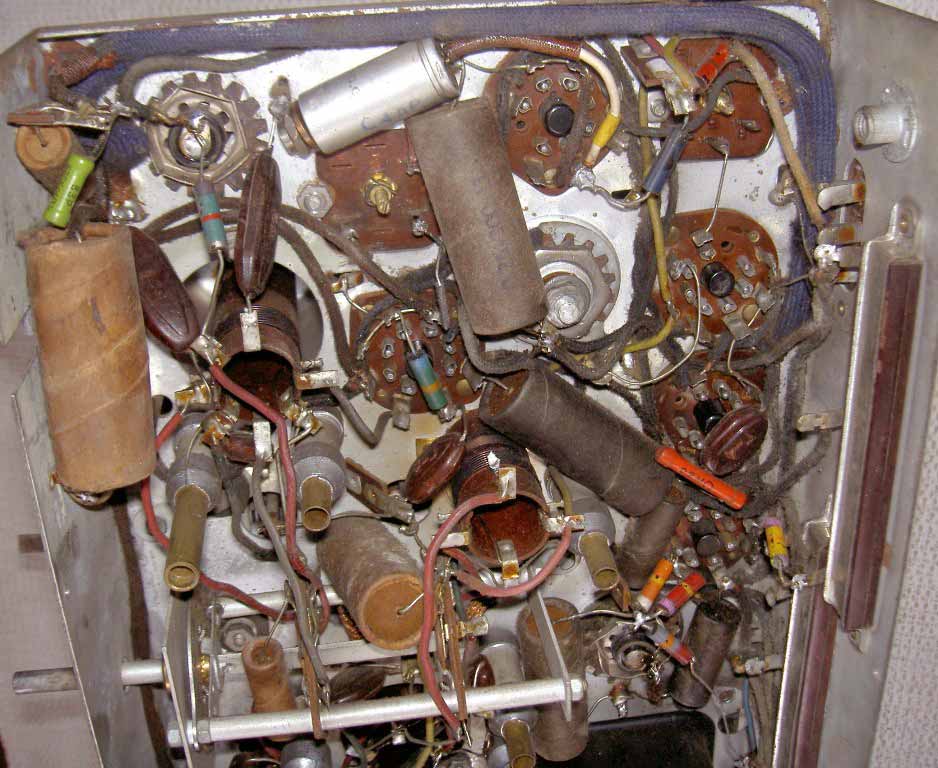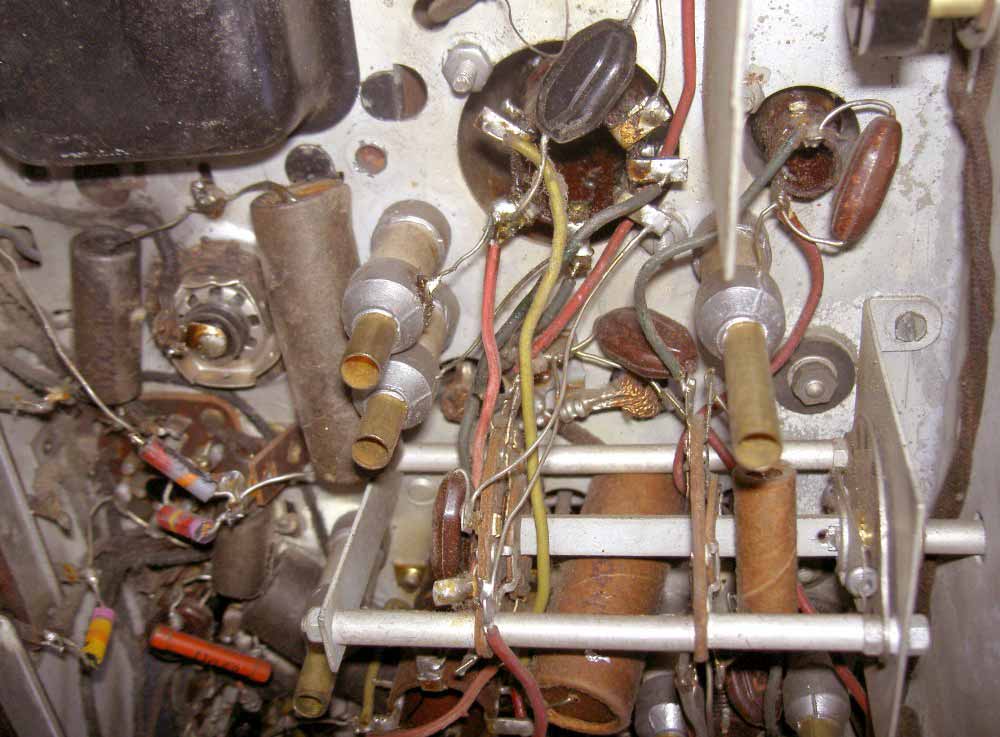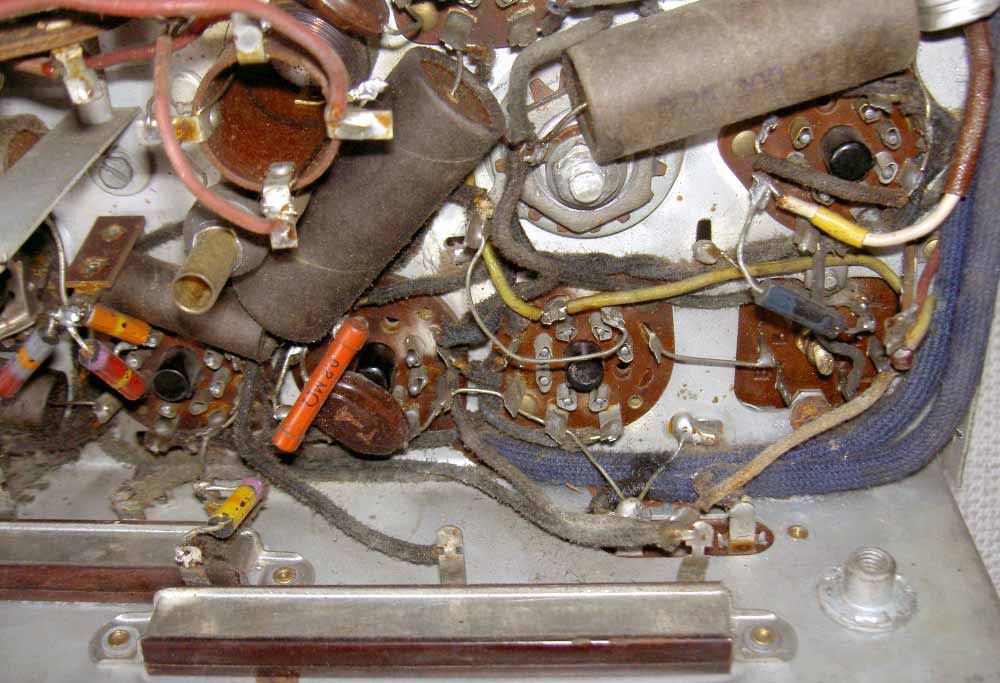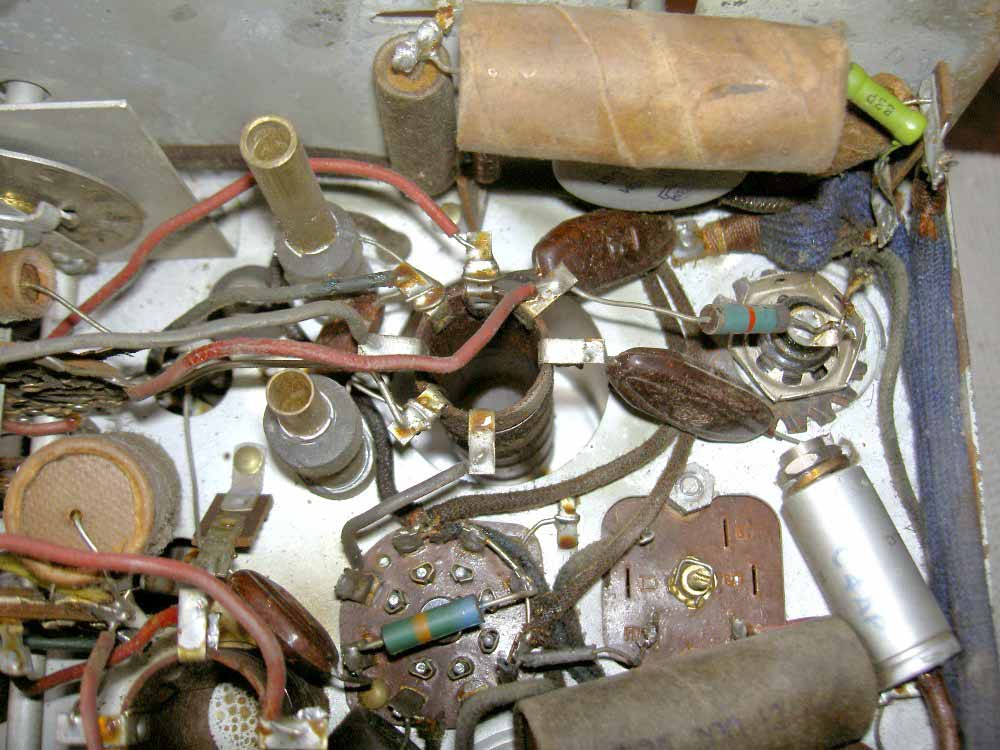Network tube radio receiver '' 6N-1 ''.
Tube radios.DomesticSince the fall of 1937, the "6NG-1" network tube radio receiver has been produced by the "Electrosignal" Voronezh plant. Since 1938, the receiver has been serially put on stream, and by the end of May it became known as "6H-1" (6-tube, Desktop, 1st model). The RCA Victor "6T2" receiver became the basis for the development. The first receivers were equipped with metal lamps made by RCA, Ken-Rad, Tung-Sol and others. In receivers of later releases, lamps were used: 6F8, 6K7, 6X6, 6F5, 6F6S, 5Ts4S. "6N-1" superheterodyne of the second class, designed for power supply from AC 110, 127, 220 volts. Wave ranges: DV "X" - 150 ... 420 kHz, CB "A" - 520 ... 1600 kHz and KV "C" - 5.8 ... 20 MHz. The nominal output power of the ULF receiver is 2 watts, the maximum (with distortions up to 15%) is 4 watts. Power consumption ~ 70 W. The IF is 460 kHz. There are four control knobs on the front panel. The upper center knob serves to tune it in frequency, and the lower ones: the left knob for the mains switch and the treble tone control, the middle range switch and the right volume control. When operating in the HF "C" range, the radio is tuned with a vernier knob with a deceleration of 50: 1. There is an adapter input for playing records by an external electric player. Volume control with tone compensation for boosting low frequencies at low volumes. The radio uses a loudspeaker with an electric magnet and an antiphoning coil. Receiver dimensions 380x480x225 mm. It is assembled in a wooden lacquered case. The scale is calibrated in kHz, with a mark for the broadcasting HF bands of 16, 19, 25, 31 and 49 m. A radio receiver was also produced with a three-position tone, combined with a mains switch. The working range on the scale is highlighted with a triangle. Dial bezels are made of copper or carbolite alloy.